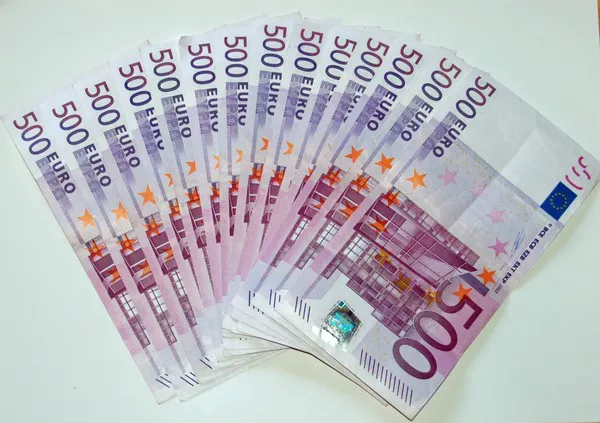When it comes to the European Union, many people often wonder what currency is used throughout the member countries. The answer is simple: the euro. But which country’s currency is the euro exactly? In this article, we’ll take a closer look at the history behind the euro as well as the countries that use it.
The Beginnings of the Euro
The creation of the euro dates back to the 1957 Treaty of Rome, which established the European Economic Community (EEC). However, it wasn’t until the Maastricht Treaty of 1992 that the groundwork for a single European currency was laid. In 1999, the euro was officially launched as an electronic currency, and just three years later, physical euro notes and coins were introduced.
Today, the euro is one of the most widely used currencies in the world. In addition to the 19 member countries of the European Union that have adopted the euro as their official currency, several other countries and territories also use the euro as their primary form of currency.
Countries that Use the Euro
As mentioned, there are currently 19 member countries of the European Union that have adopted the euro as their official currency. These countries are:
- Austria
- Belgium
- Cyprus
- Estonia
- Finland
- France
- Germany
- Greece
- Ireland
- Italy
- Latvia
- Lithuania
- Luxembourg
- Malta
- Netherlands
- Portugal
- Slovakia
- Slovenia
- Spain
In addition to these 19 countries, there are also several countries and territories outside of the European Union that use the euro as their primary currency. These include:
- Andorra
- Monaco
- Montenegro
- San Marino
- Vatican City
All of these countries and territories have adopted the euro due to either their close proximity to the eurozone or as a result of a formal agreement with the European Union.
Benefits of Using the Euro
There are several benefits to using the euro as a common currency throughout Europe. One of the primary benefits is increased economic stability and growth. By having a single currency, transactions between member countries become easier and more efficient. This, in turn, can lead to increased trade and investment. Additionally, the euro allows for greater price transparency, making it easier for consumers to compare prices across different countries.
Another benefit of using the euro is increased political cooperation among member countries. By sharing a common currency, member countries are more likely to work together on issues such as fiscal policy and economic reform. This can lead to greater political unity and stability within the European Union.
Challenges of Using the Euro
While there are certainly benefits to using the euro as a common currency, there are also some challenges that come with it. One of the biggest challenges is the need for strict fiscal discipline among member countries. Because member countries share a single currency, they must also adhere to strict budgetary policies to maintain economic stability. This can be difficult for some countries, particularly those with weaker economies.
Additionally, the euro can sometimes lead to uneven economic growth among member countries. For example, if one member country experiences rapid economic growth while another experiences a recession, it can be difficult to adjust monetary policy to address the needs of both countries simultaneously.
Conclusion
In conclusion, the euro is the official currency of 19 member countries of the European Union as well as several other countries and territories outside of the EU. While there are certainly benefits to using the euro, there are also challenges that come with it. However, despite these challenges, the euro remains an important symbol of economic and political unity throughout Europe.


